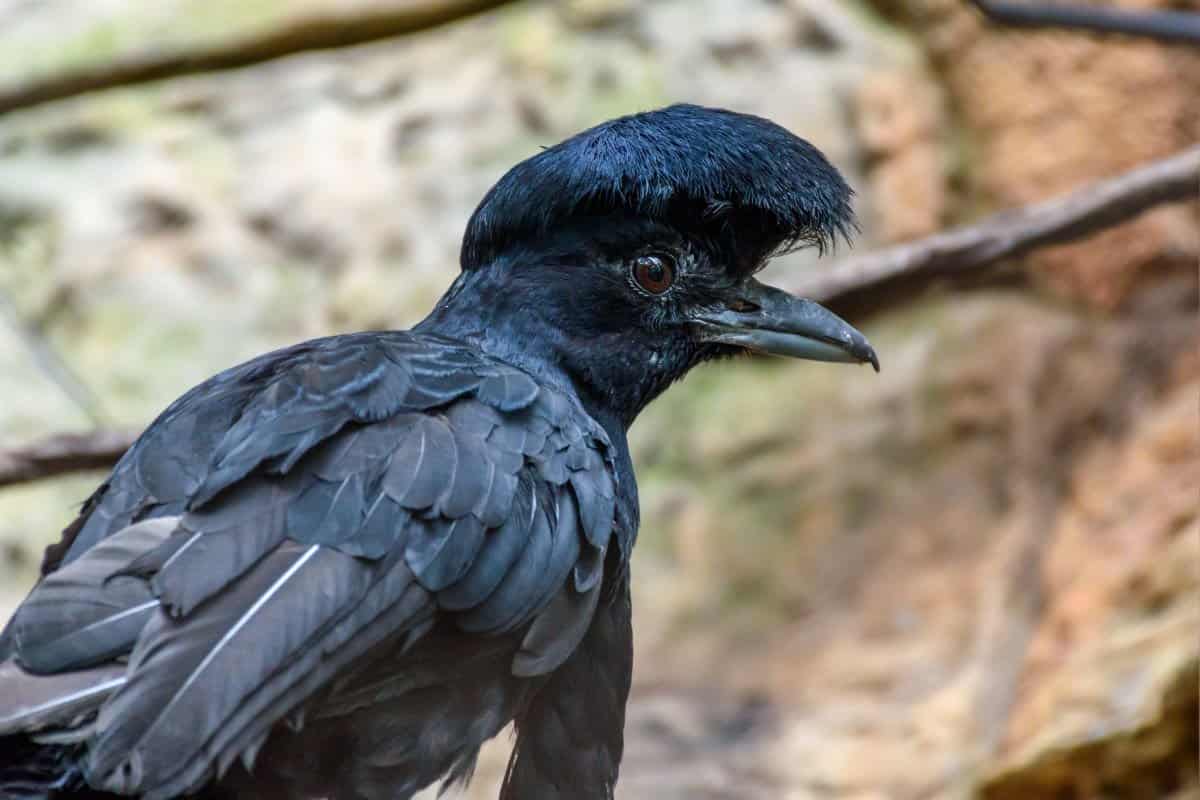
Ever heard of the Umbrellabird? This unique bird, native to Central and South America, stands out with its striking appearance and fascinating behaviors. Known for its umbrella-like crest, the Umbrellabird uses this feature to attract mates and intimidate rivals. But what else makes this bird so special? From its deep, booming call to its unusual nesting habits, the Umbrellabird has many intriguing traits. Did you know that it can mimic other birds and even some mammals? Or that it plays a crucial role in its ecosystem by dispersing seeds? Get ready to learn 32 amazing facts about this incredible bird that will leave you in awe of nature's wonders.
What is an Umbrellabird?
The umbrellabird is a fascinating creature found in the tropical rainforests of Central and South America. Known for its unique appearance and intriguing behaviors, this bird captures the imagination of bird enthusiasts and scientists alike.
- The umbrellabird gets its name from the umbrella-like crest on its head, which it can raise and lower at will.
- There are three species of umbrellabirds: the long-wattled, the Amazonian, and the bare-necked.
- Umbrellabirds are part of the cotinga family, which includes other colorful and unique birds.
- These birds are primarily black, with males often having a more pronounced crest and wattle.
Habitat and Distribution
Umbrellabirds thrive in specific environments that provide the resources they need to survive. Let's explore where they live and how they interact with their surroundings.
- Umbrellabirds are typically found in lowland rainforests and cloud forests.
- They prefer habitats with dense foliage, which offers protection and abundant food sources.
- The long-wattled umbrellabird is found in Colombia and Ecuador.
- The Amazonian umbrellabird inhabits the Amazon Basin, spanning several countries.
- The bare-necked umbrellabird lives in the rainforests of Costa Rica and Panama.
Unique Physical Features
The umbrellabird's appearance is not only striking but also serves various purposes in its daily life.
- The crest on the umbrellabird's head can be raised to attract mates or to intimidate rivals.
- Males have a long, feathered wattle hanging from their throat, which can be inflated during courtship displays.
- The wattle of the long-wattled umbrellabird can be as long as 35 centimeters.
- Umbrellabirds have strong, curved beaks ideal for eating fruit and insects.
- Their plumage is generally black, but it can have a glossy, iridescent sheen in certain light.
Diet and Feeding Habits
Understanding what umbrellabirds eat helps us appreciate their role in the ecosystem.
- Umbrellabirds are primarily frugivores, meaning they mainly eat fruit.
- They also consume insects, small vertebrates, and occasionally nectar.
- These birds play a crucial role in seed dispersal, helping to maintain the health of their forest habitats.
- Umbrellabirds have a unique feeding behavior called "hover-gleaning," where they hover near foliage to pick off insects.
Behavior and Social Structure
The social dynamics and behaviors of umbrellabirds are as captivating as their appearance.
- Umbrellabirds are generally solitary, except during the breeding season.
- Males perform elaborate courtship displays to attract females, including inflating their wattles and making deep, booming calls.
- These calls can be heard over long distances, helping males establish territories and attract mates.
- Females are responsible for building nests and raising the young.
- Umbrellabirds are known to be shy and elusive, making them difficult to study in the wild.
Reproduction and Lifespan
Reproduction is a critical aspect of any species' survival. Here's how umbrellabirds ensure the continuation of their lineage.
- The breeding season for umbrellabirds typically occurs during the rainy season when food is abundant.
- Females lay one to two eggs per clutch, which they incubate for about three weeks.
- Chicks are born altricial, meaning they are helpless and require significant parental care.
- Young umbrellabirds fledge after about a month but remain dependent on their mothers for several more weeks.
- The average lifespan of an umbrellabird in the wild is around 10 to 15 years.
Conservation Status
Like many rainforest inhabitants, umbrellabirds face threats that impact their survival.
- Habitat loss due to deforestation is the primary threat to umbrellabird populations.
- Some species, like the long-wattled umbrellabird, are considered vulnerable due to their limited range and specific habitat requirements.
- Conservation efforts focus on protecting rainforest habitats and promoting sustainable land-use practices.
- Ecotourism can also play a role in umbrellabird conservation by raising awareness and providing economic incentives to preserve their habitats.
Umbrellabird Facts: Final Thoughts
Umbrellabirds are truly fascinating creatures. From their unique umbrella-like crest to their booming calls, they stand out in the bird world. These birds, found in Central and South America, play a crucial role in their ecosystems by helping with seed dispersal. Despite their importance, deforestation and habitat loss threaten their populations. Conservation efforts are vital to ensure these birds continue to thrive.
Learning about the umbrellabird not only broadens our understanding of nature but also highlights the importance of protecting our planet's biodiversity. Next time you hear about these remarkable birds, remember their unique traits and the challenges they face. By spreading awareness, we can all contribute to their conservation. So, keep these facts in mind and share them with others. The more we know, the better we can protect these incredible birds.
Was this page helpful?
Our commitment to delivering trustworthy and engaging content is at the heart of what we do. Each fact on our site is contributed by real users like you, bringing a wealth of diverse insights and information. To ensure the highest standards of accuracy and reliability, our dedicated editors meticulously review each submission. This process guarantees that the facts we share are not only fascinating but also credible. Trust in our commitment to quality and authenticity as you explore and learn with us.
